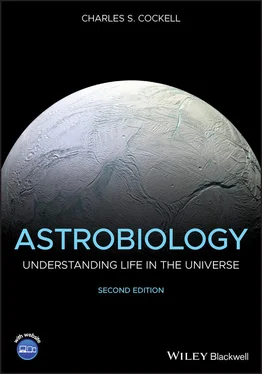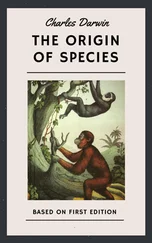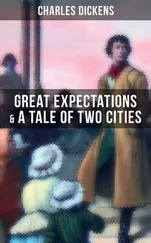Further refinements in the content and level of the book have been made based on the feedback and opinions of over 150 000 students who have taken part in our “Astrobiology and the Search for Extraterrestrial Life” Massive Open Online Course (MOOC) since it was offered online in 2012. I have not had direct face-to-face teaching contact with them, but in the online forums, their views on the teaching material have been valuable.
I hope that other students interested in astrobiology, and indeed anyone else interested in the subject, can gain the vicarious benefit of the collected experience of these students through this textbook.
Some of the images in the book were kindly provided by friends and colleagues, including Steve Benner, Hailiang Dong, Ralf Kaiser, Jonathan Clarke, and Victor Tejfel. I would like to thank the journal Astrobiology for permission to reproduce images.
Any errors in the textbook are entirely my responsibility. If you see any, or disagree with any statements, please do get in contact.
I would very much like to thank the team at Wiley-Blackwell, particularly Sonali Melwani, for seeing this book through into the second edition. It has been a pleasure to work with Wiley-Blackwell.
Charles S. Cockell
About the Companion Website
This book is accompanied by a companion website:
www.wiley.com/go/cockell/astrobiology
The website includes:
A complete astrobiology lecture course comprising slide sets for each of the chapters.
Exam questions related to the chapters.
Astrobiology Periodic Table
1 Astrobiology
Learning Outcomes
Understand that astrobiology is concerned with the origin, evolution, and distribution of life in the Universe. It investigates life in its cosmic context.
Understand some of the detailed scientific questions that underpin astrobiology's main lines of enquiry.
Know about some aspects of the history of astrobiology and how it emerged as a field.
If you've ever wondered about some of the most fascinating questions in science, such as how life originated, whether it could exist elsewhere, and how life has managed to evolve and persist on our planetfor over three and a half billion years, then you've opened the right book.
Astrobiologyis a remarkably diverse subject whose main objective is to investigate and understand the phenomenon of life in its cosmic context (Figure 1.1). Astrobiology might be said to address at least four large-scale questions:
1 How did life originate and diversify on Earth?
2 How does life co-evolve with a planet?
3 Does life exist beyond Earth?
4 What is the future of life on Earth and its capacity to move beyond the home planet?
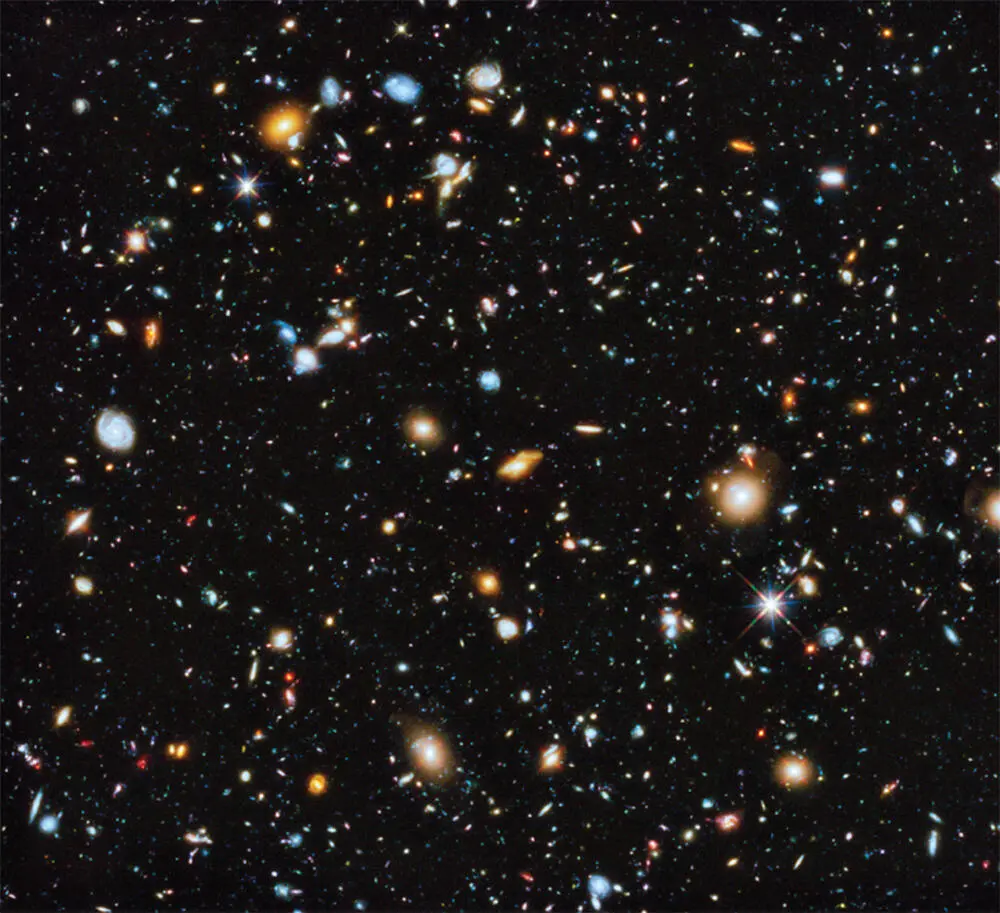
Figure 1.1 Astrobiology seeks to understand the phenomenon of life in its cosmic context. This “ultra-deep field” view imaged by the Hubble Space Telescope includes nearly 10 000 galaxies across the observable Universe in both visible and near infrared light. The smallest, reddest galaxies are among the youngest, in existence when the Universe was just 800 million years old. How does life fit into this grand cosmic perspective?
Source: Reproduced with permission of NASA, ESA, H. Teplitz and M. Rafelski (IPAC/Caltech), A. Koekemoer (STScI), R. Windhorst (Arizona State University), and Z. Levay (STScI).
Astrobiology covers and integrates a wide diversity of subjects including astronomy, biology, chemistry, geosciences, planetary sciences, physics, and social sciences. In that sense, to the newcomer it may even look intimidating in its scope. However, as I hope you'll discover in this book, it is an enormously rewarding area of study and whether you come at this subject as an astronomer, biologist, or chemist, or from another discipline, the subject will encourage you to cross seamlessly into other areas of science.
Who is this booked aimed at? Its core audience is students taking astrobiology courses or lectures, but it can be read by anyone with an interest in the subject. The book might be useful for scientists in specific disciplines keen to see where their subject area intersects with other fields of science. For policy makers or others with a social sciences or humanities background, the book will provide a scientific backdrop to astrobiology and its links to space exploration. I would hope, given its structure and layout, that interested laypersons might find this a useful reference source to learn about astrobiology and get to grips with some of its key concepts.
You might ask: But why would we want to study biology from a cosmic perspective in the first place? And in answer: Even the most limited view of life on Earth forces us to consider the cosmic view. Our planet seems like a tranquil place. However, it is subjected to the vagaries of its astronomical environment. For example, a key hypothesis for the mechanism of the extinction of the dinosaurs is an asteroid impact 66 million years ago (Figure 1.2). This hypothesis underscores the fact that to understand past life on Earth, we need to understand how the astronomical environment may have influenced life. To know how the dinosaurs and about 75% of all animal life went extinct at the end of the Cretaceous geological period, you have to know how frequently asteroid impacts occur. That means knowing something about how many asteroids are in space, where they come from, and why they exist in the first place, a question itself linked to the formation of the Solar System. The death of the dinosaurs takes you into astronomy, and that means into the purview of astrobiology.
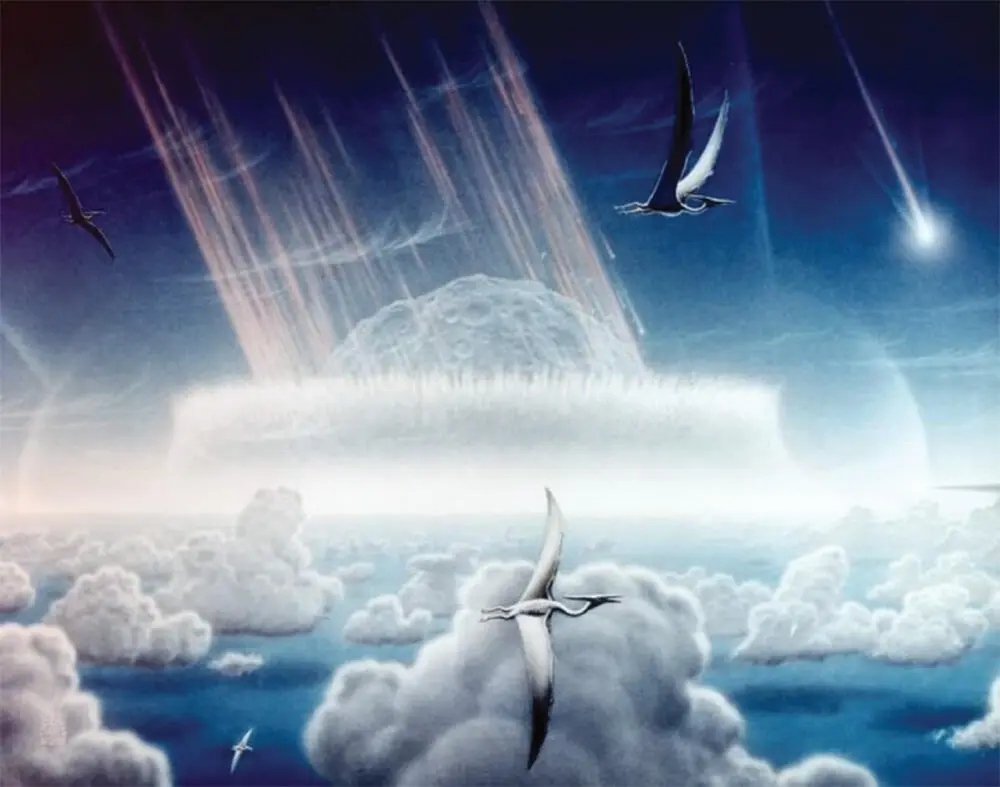
Figure 1.2 Astrobiology requires an understanding of astronomy. At the end of the Cretaceous, these flying reptiles (pterosaurs) and many other forms of life, including the dinosaurs, are thought to have been driven to extinction by the effects of a large asteroid impact. Therefore, to understand the history of life on Earth, we need to investigate our planet's astronomical environment, a key objective of astrobiology.
Source: Reproduced with permission of NASA.
Instead of looking back in time, we could look into the future. Eventually, when the Sun's luminosity increases to a sufficiently high value, the Earth's oceans will boil away, and the planet will suffer a runaway greenhouse effect, eventually turning into a Venus-like world (Figure 1.3). This will probably occur in approximately 1.5 billion years. Thus, to understand the future of life on Earth, we must also understand our astronomical environment. We need to know how stars are born and die and what the fate of planets is during this stellar evolution.
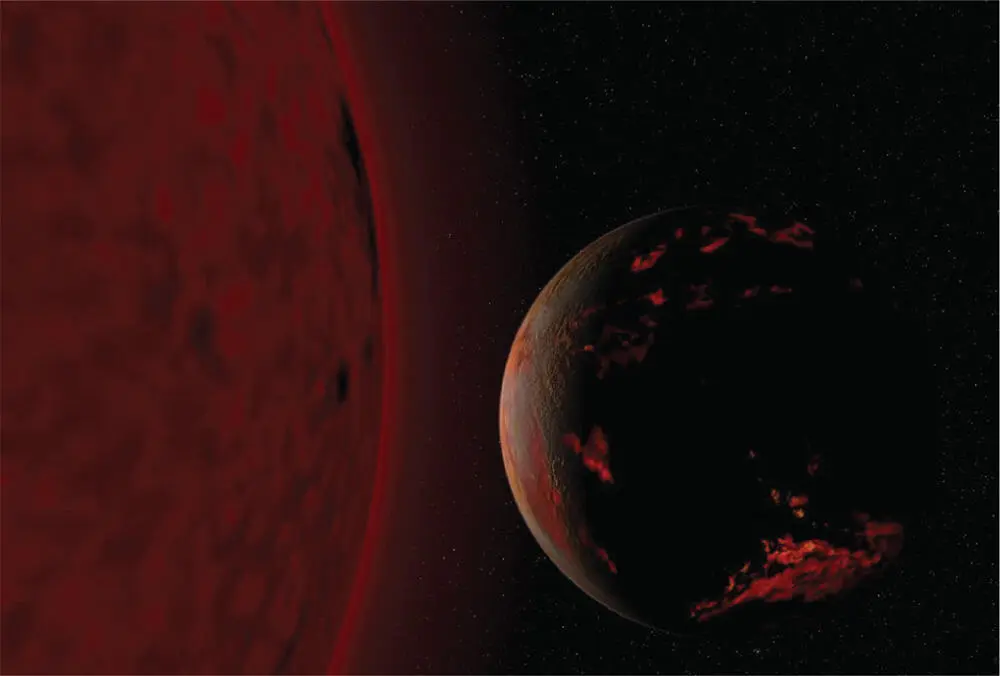
Figure 1.3 The future of the Earth is a topic in astrobiology. When the Sun turns into a Red Giant star in several billion years from now, the Earth will be a dead planet. However, the increasing luminosity of the Sun over the next one to two billion years will ensure that life on Earth will already have long since been extinguished and the oceans boiled away when the planet enters a greenhouse state. Therefore, to understand the future of life on our planet, we need to know about the evolution of stars. Biology and astronomy are inextricably linked in astrobiology.
Читать дальше
